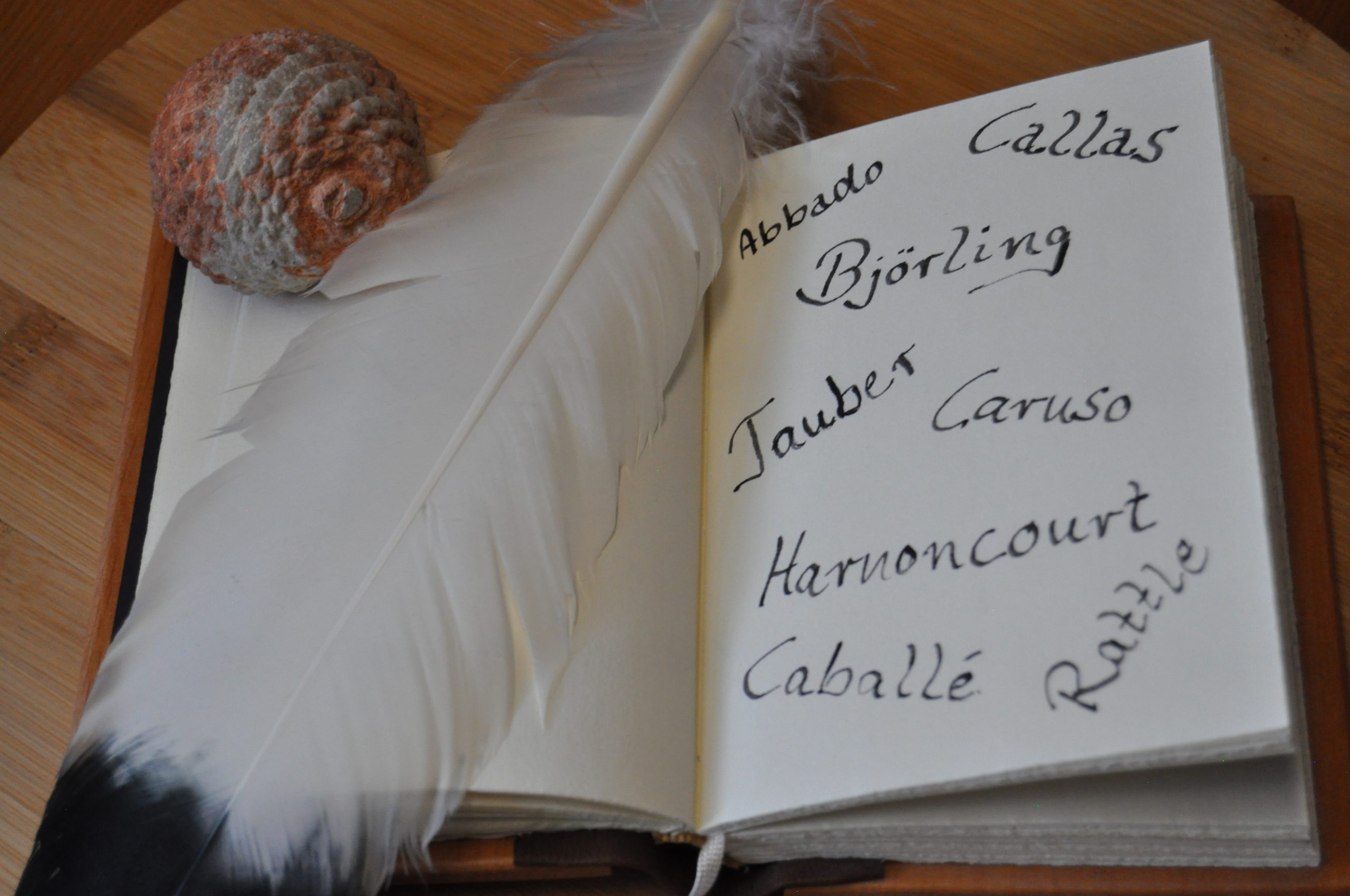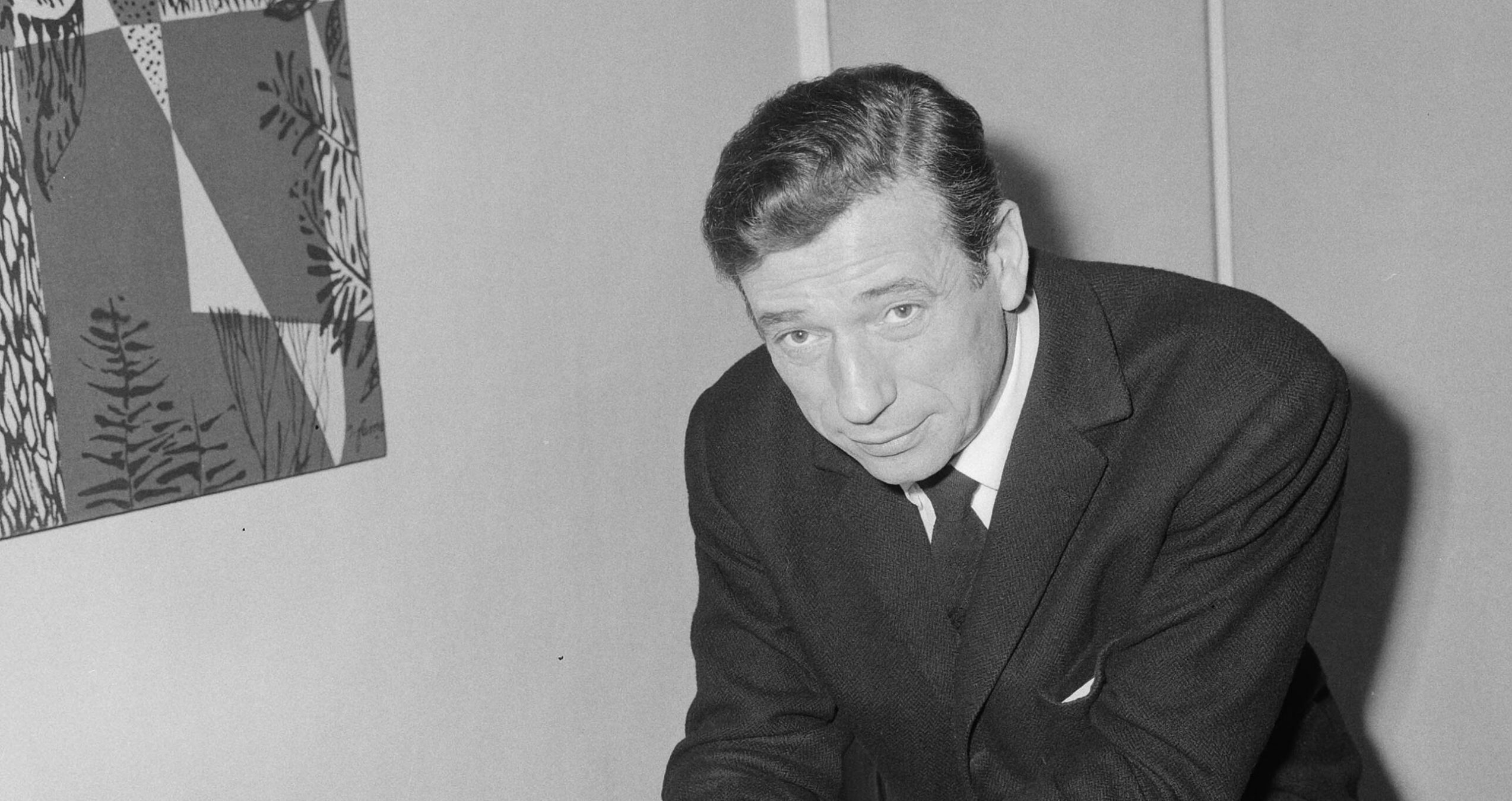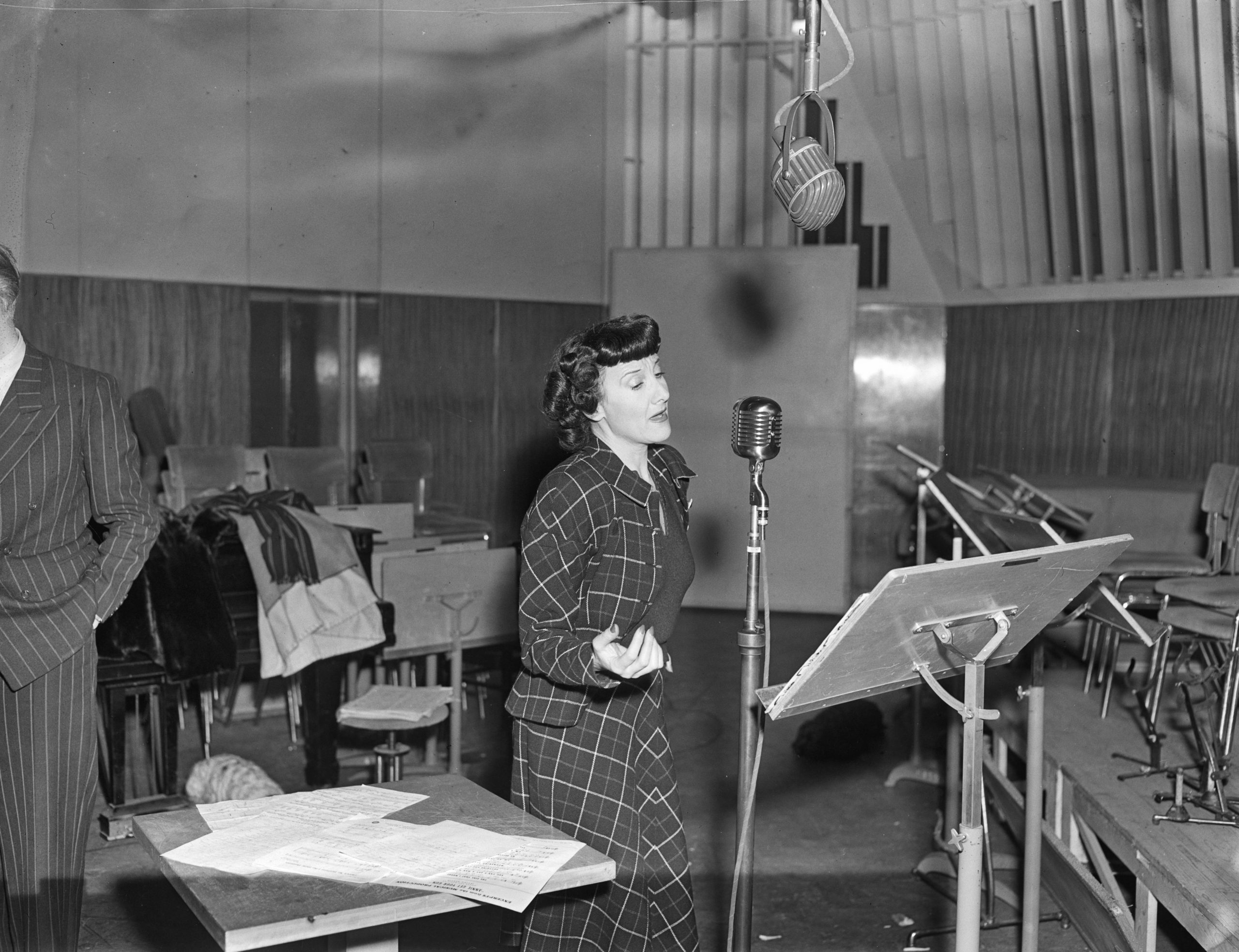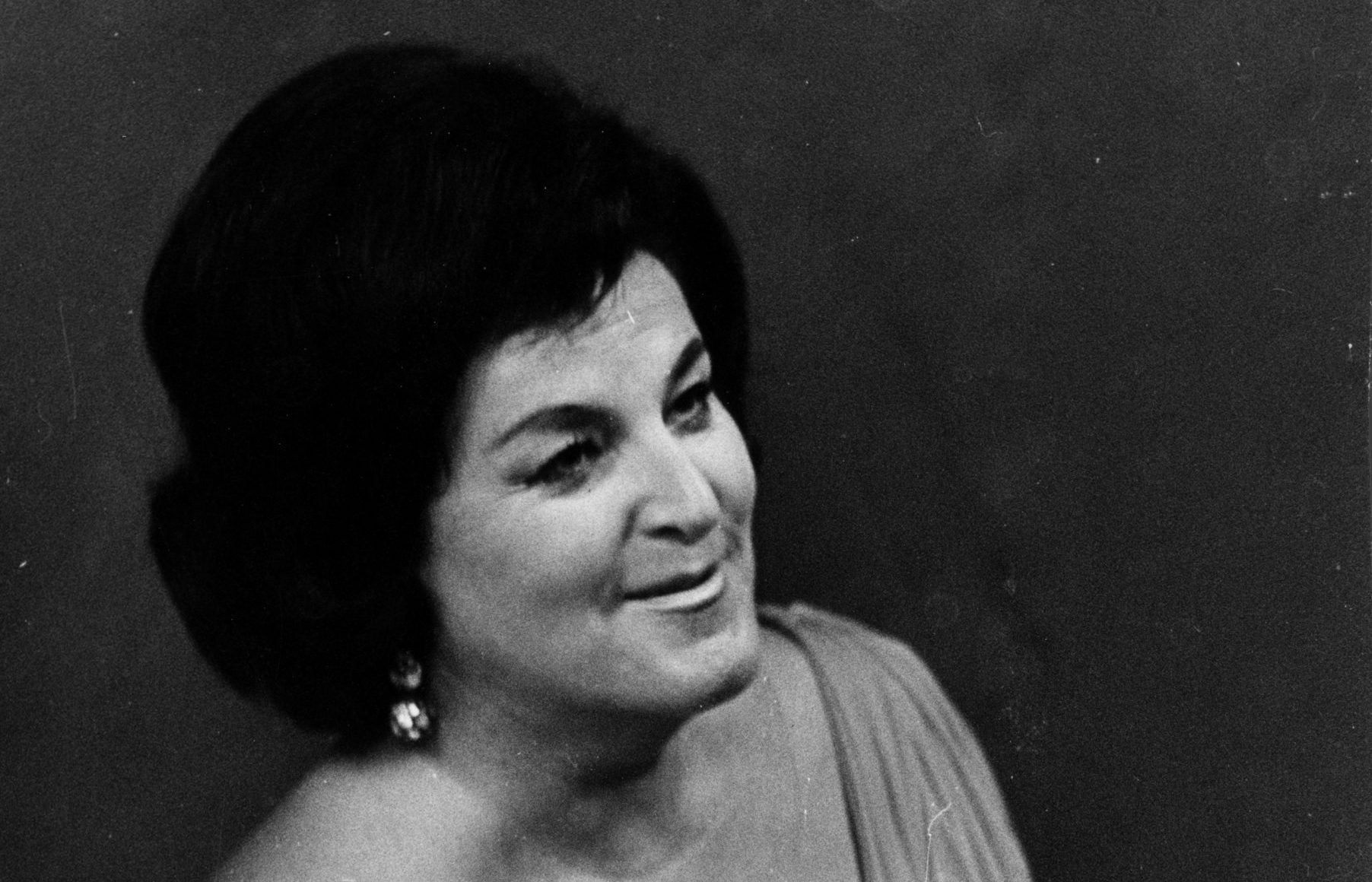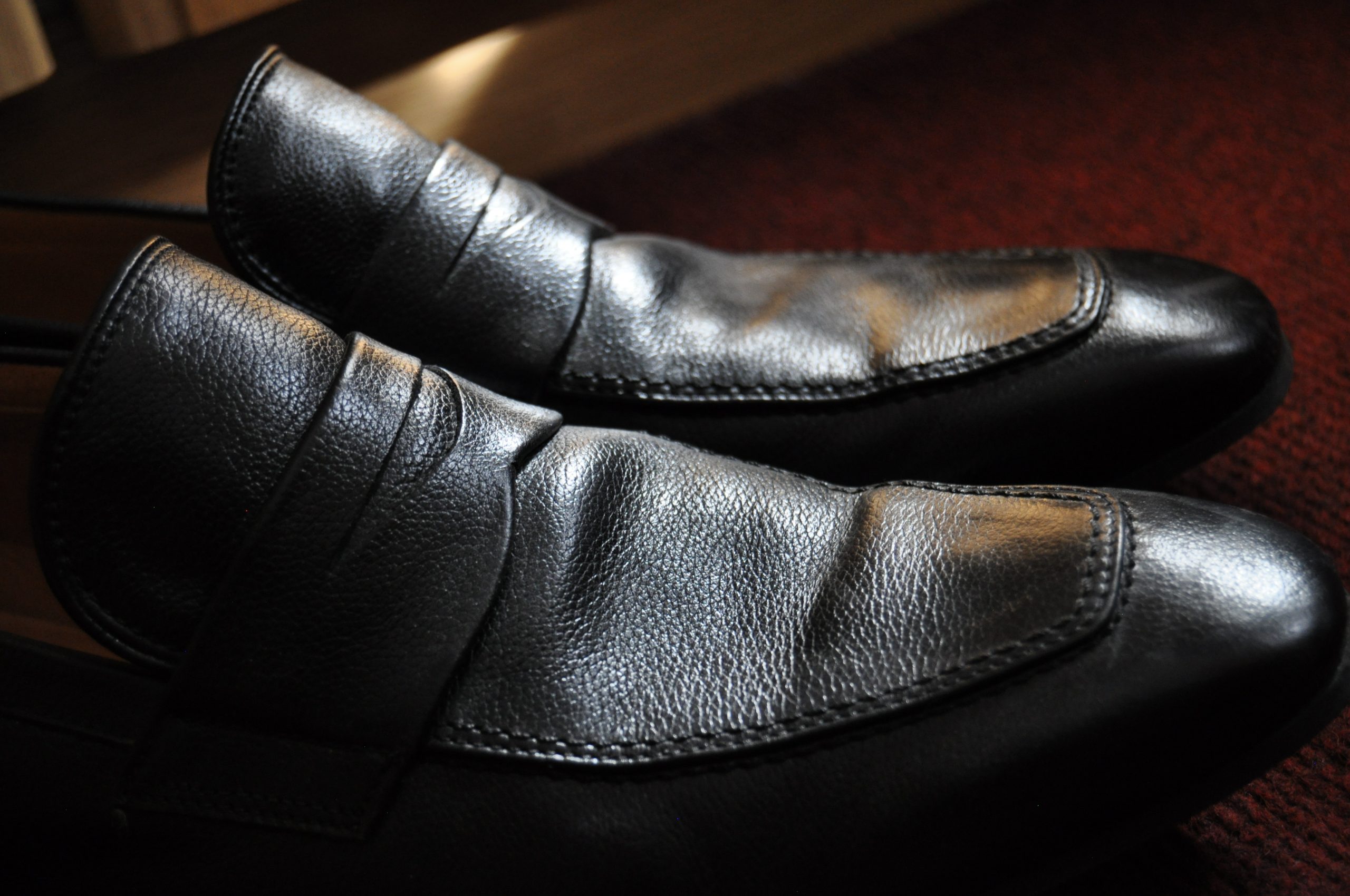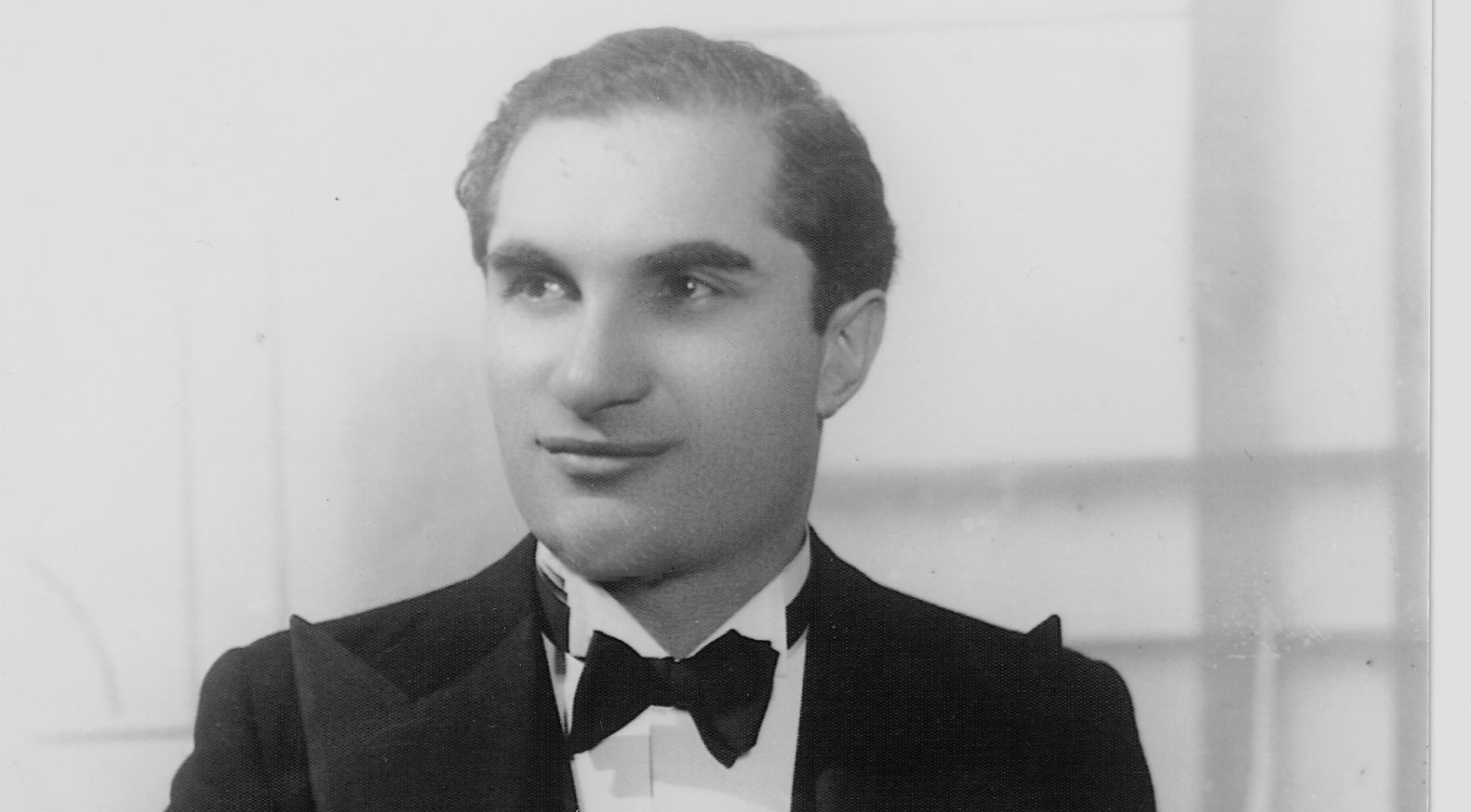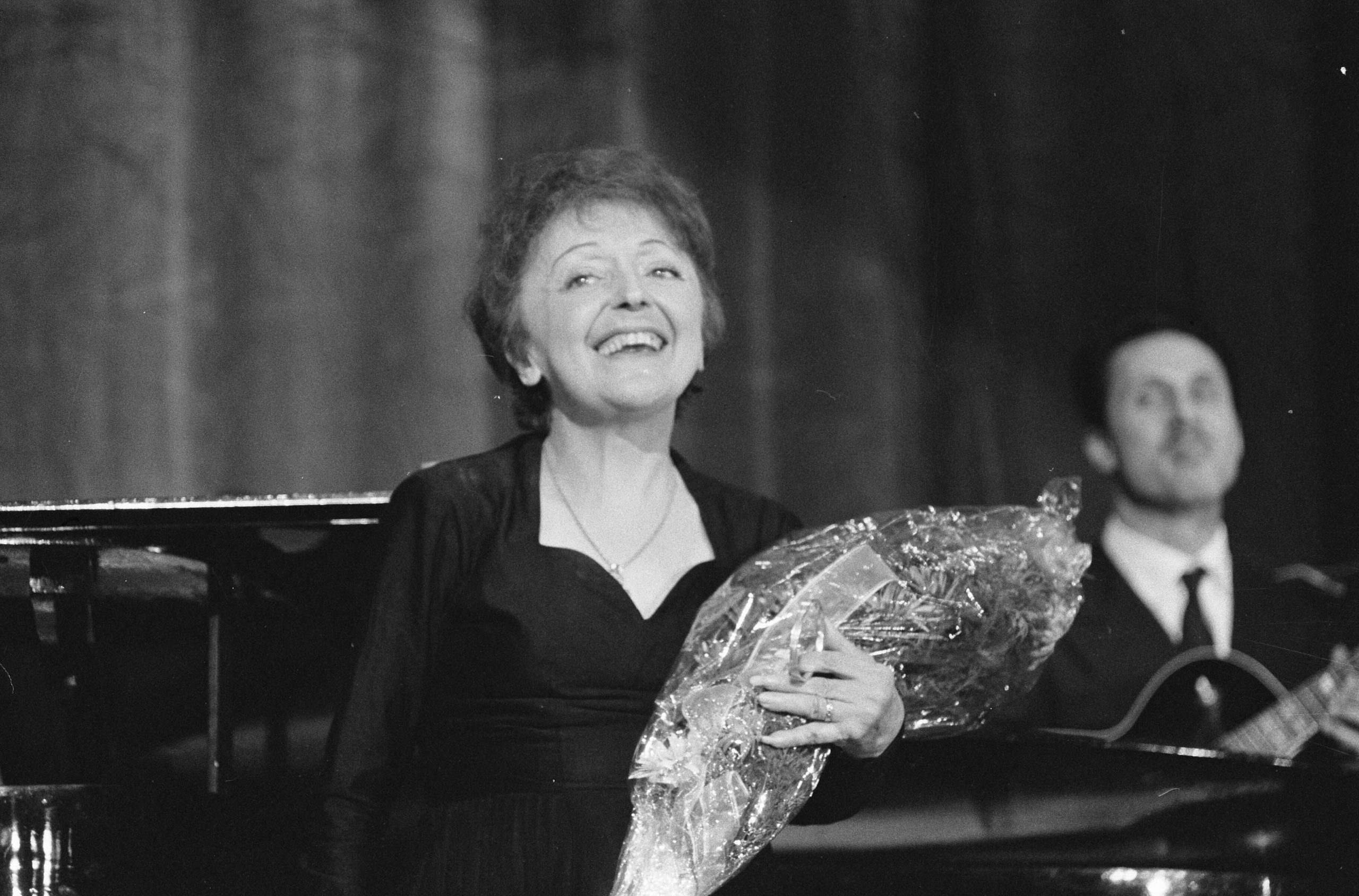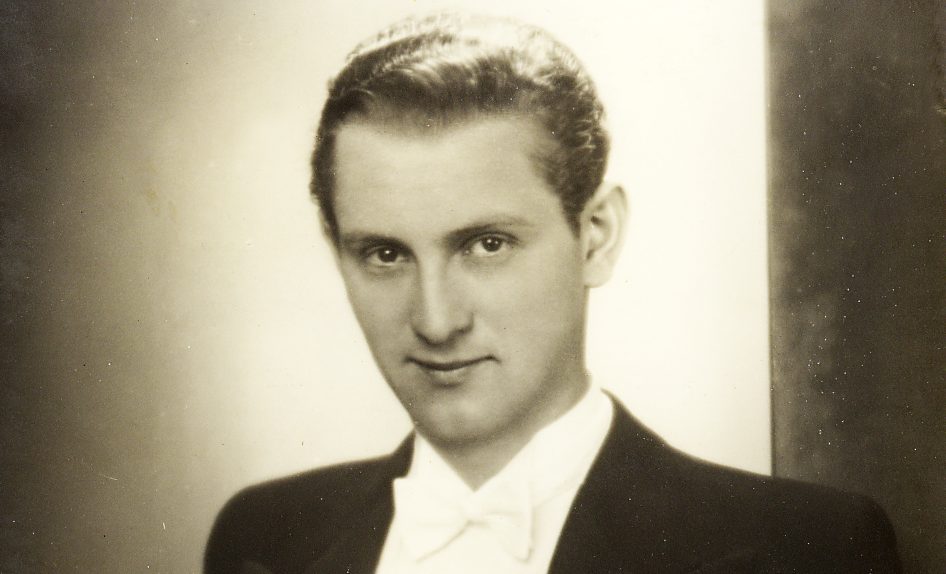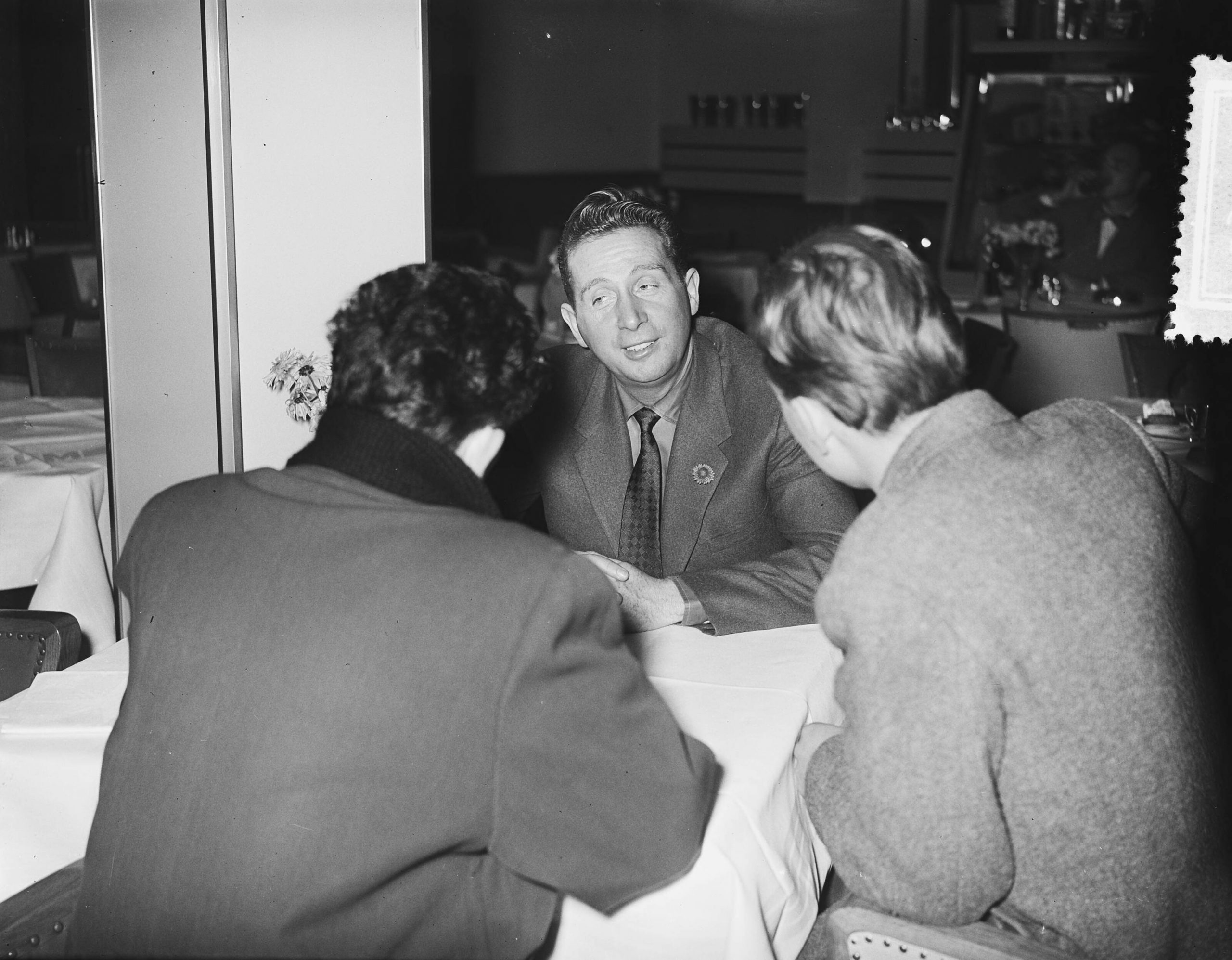In the early 1920s, the Old Chauffeur’s Club in St. Louis was one of the best places to go for aspiring entertainers on the jazz scene: the young Josephine Baker initially worked there not as an artist, but as a waitress. But that didn’t change the fact that the young Baker witnessed how the pioneers of the then emerging jazz music created a new musical genre. Fourteen-year-old Baker closely studied the artists’ performances at the Old Chauffeur’s Club and entertained guests with her own little show acts.
In 1920, Baker also made her first theatrical appearances at the Booker T. Washington Theatre in St. Louis: as a member of the Jones Family show act, Josephine Baker made her stage debut as a fourteen-year-old.
“She chose her path. Let her go.” was the comment of Josephine Baker’s mother when she learned that her daughter had decided to go on tour as a member of the Jones Family. None of her family said goodbye to her at the train station – for her mother, the departure of her daughter Josephine is said to have been more of a relief than a loss, since from then on she had “one less child to worry about.”
The fact that Baker, a poor dancer from St. Louis, made it to New York at all was already a sensation.
Birth and Shuffle Along
Josephine Baker was born in an America that was extremely marked by racial segregation: at that time, it was extremely unusual for a person of African-American descent, like Josephine Baker’s mother, to give birth to a child under medical observation. But Josephine Baker’s mother was given the opportunity – contrary to the circumstances of the time – to give birth to her daughter in a hospital. Josephine Baker’s birth hospital was a hospital where people of African-American descent were not admitted per se. This circumstance later fed the rumor that Baker’s father might not have been of African-American descent.
There were reportedly some complications with Josephine Baker’s birth: Her mother’s admission to a hospital where she could be helped to give birth can be considered one of the first great strokes of luck in Josephine Baker’s life.
From 1920 onwards, Josephine Baker had a stellar career: in 1922 she was hired as a permanent ensemble member for the Broadway musical Shuffle Along. The fact that Baker, a poor dancer from St. Louis, made it to New York at all was already a sensation.
The world’s highest-paid chorus girl
Baker’s participation in the musical Shuffle Along was her ticket to the world of fame, even though she later repeatedly dismissed her role in Shuffle Along as that of a simple “chorus girl.” The huge success of the Broadway musical also sparked a cultural revolution in 1920s New York: The emergence of New York’s Harlem neighborhood can be traced to the success of such musicals, which featured mainly actors and dancers of African-American descent. Her special ability to squint her eyes on stage caught the attention of many spectators and turned a dance performance by Baker into a performance in a class of its own.
After her great successes in New York, during which she was advertised as the “highest paid chorus girl in the world,” the opportunity arose for Baker to go to Europe: “When the Statue of Liberty disappeared on the horizon, I knew from now on I was free,” Baker later described in retrospect her state of mind when she left the United States and made the journey to Paris.

Bildnachweis: ETH-Bibliothek Zürich, Bildarchiv / Photographer: Schmid, Josef / Com_C16-077-001 / CC BY-SA 4.0
Revue Nègre
In Paris, a completely different life awaited Josephine Baker: Racial segregation played virtually no role compared to the situation in the United States, yet it was considered exotic and a great sensation to see a scantily clad African American dancer on stage.
In Paris, Josephine Baker did nothing but dance, dance, dance: Paris audiences, much like New York audiences, were extremely fascinated by Josephine Baker’s eye dance. Her successes in the Revue Nègre did not go unnoticed in neighboring Germany in the twenties: at the turn of the year 1925/26, the Revue Nègre celebrated its premiere at Berlin’s Kurfürstendamm and the Josephine Baker phenomenon hit the Berlin of the Weimar Republic. But the atmosphere in Berlin of the twenties – the capital of the losing nation of the First World War – was completely different from the atmosphere in Paris of the twenties: Klaus Mann formulates in his autobiography in reference to the cultural life in Berlin of the twenties, “A beaten, impoverished, demoralized people seeks oblivion in dance.”
This is exactly what Josephine Baker was responsible for: For the dance. Josephine Baker was barely twenty years old and had achieved much more than the vast majority of girls of her background. Within six years, she had risen from being an unknown revue girl from St. Louis to one of the best-paid dancers of all and cultivated contacts with high-ranking Berlin cultural personalities such as the director and acting teacher Max Reinhardt.
The fact that Josephine’s first name was henceforth written with an accent aigu on the “e” was also a marketing move by her manager Pepito.
Chez Joséphine
In 1926 Josephine Baker was offered the possibility to lead her own club in Paris: Around the same time, she met a man named Pepito, who pretended to be an Italian count, henceforth became her manager and took care of establishing the “Josephine Baker brand”: the impostor with good business sense realized that Baker’s image from the twenties had no future.
With Pepito’s help, the Paris club became a real success, both financially and artistically: Club Chez Joséphine, which opened in December 1926 on Rue Fontaine in Paris, went like clockwork. The fact that Josephine’s first name was henceforth written with an accent aigu on the “e” was also a marketing move by her manager Pepito.
“Pepito and Josephine know how to gather a mixture of rich American tourists and budding writers, artists, and avant-garde intellectuals together in a boisterous, erotically charged, and sophisticated atmosphere (…),” Mona Horncastle aptly writes about Club Chez Joséphine in her Josephine Baker biography. Cultural greats such as the writer Georges Simenon or the architect Adolf Loos regularly frequented Baker’s club.
Late comeback
In the following years, Josephine Baker went on a European tour, which took her to Vienna and Scandinavia, among other places. Josephine Baker was not only cheered at the time, guest performances of the dancer were often accompanied by loud protests in the respective city. On her guest performance tour through Europe, Josephine Baker discovered that racial segregation was not only an issue in the USA. However, Josephine Baker would have never been able to pursue that kind of career in the USA. Josephine Baker skillfully staged herself as a “wild dancer”, who by now sang in different languages.
Josephine Baker did not make a halt at the film scene either: in 1934 she played at Jean Gabin’s side in Zouzou.
During the Second World War, Josephine Baker was involved in troop support on the Allied side, which brought her numerous military honors and appreciations after the Second World War. Nevertheless, Josephine Baker sank into insignificance in the fifties at the latest, and by the end of the sixties she was heavily in debt.
Thanks to the influence of Princess Gracia Patricia of Monaco, Josephine Baker was able to make a comeback in the later years of her career: Among other things, Baker owed it to the princess that, after years of artistic insignificance, she was able to give a show at the Théâtre Bobino in Paris in April 1975 to mark the 50th anniversary of her first stage appearance. Shortly after this once-in-a-lifetime performance, Josephine Baker passed away – one could say she was on stage until the very end. Her burial at the Cimetière de Monaco is also due to Grace Kelly’s initiative.
Main source: Horncastle, Mona: Josephine Baker – Weltstar, Freiheitskämpferin, Ikone [World star, Freedom fighter, Icon], 2020 Molden Verlag
Cover picture: Josephine Baker, 1967
Picture credit: ETH-Bibliothek Zürich, Bildarchiv / Photographer: Schmid, Josef / Com_C16-077-002 / CC BY-SA 4.0

 Deutsch
Deutsch Français
Français